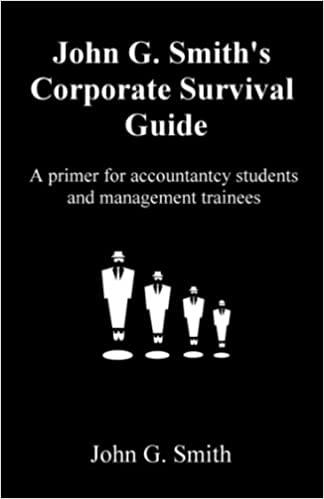
How to read a balance sheet.
If you are starting to learn about accountancy, you could be forgiven for thinking that the financial progress or current position of a business can be assessed by a study of its Profit & Loss account. Not so. The Profit & Loss Account has been accurately described as merely a “snapshot” of a result at a point in time that will already have passed. Aside from that, just about any individual item of disclosed income or expense may be challengeable since the business might be trying to portray the best impression it can of its results, or conversely it might be in the current interests of the Board to show the most downside aspects. In the former case perhaps because it is looking for a buyer of the business or to raise extra finance and in the latter case perhaps because there is a new MD who wants to “clear the decks” from the last management regime and have a clean and low base start.
The best way to form a view of the financial health of a business is to understand and be able to pull apart its Balance Sheet. The Balance Sheet is where the chickens come home to roost, assuming you can find the chickens that is.
A Balance Sheet is what it says on the tin. It is the summation of all the financial balances on every account the business keeps and due to the magic of “double entry bookkeeping” it will be in balance since every debit posting will have an equal and therefore compensation credit entry. That is, unless the mechanised accounting system has gone bananas. Let us take a look at what is revealed when we open up a typical Balance Sheet. The fundamental feature is that every business has assets and it has liabilities. The excess of the first over the second is its capital or put another way, how it is being financed. The Balance Sheet is stated as being struck at a specific date, namely the last day of the accounting period. It is customary when interpreting a Balance Sheet to use well tried and tested “ratios” that compare one balance with another balance and assess the result against rule of thumb standards for each such ratio. This form of interpretation is the subject of a separate piece that can be found elsewhere on this website.
The assets
So called fixed assets will be shown first. These are categorised under headings such as Land & Buildings, Plant & Machinery, Fixtures & Fittings and Office Equipment. What will be shown first is the original cost of purchase of the asset (in some instances there may be a revaluation of this original cost) and then the depreciation both incurred in the past and for the current period and then the difference, being the written down balance of the asset. Depreciation may be couched in different terminology such as impairment but the objective is the same; to write off the original cost over a period of time that is intended to approximate to the lifetime of the asset in question.
What rate of depreciation has been used and whether it is “straight-line” (a % of the original cost) or “reducing balance” (a % of the previous written down balance) will be given as a note to the accounts. There may be a category called “Intangible Assets”. If so, it will comprise Goodwill and possibly other things such as Patents and Trade Marks. These items arose as the difference between what was actually paid and the value placed in the books. They are intangible in the sense of representing such a difference rather than a specific physical thing. Intangibles will be subject to depreciation over time just as the other fixed assets are.
The second position in the asset block is taken by current assets. These assets are reckoned to be more liquid (that is, turnable into cash) than the fixed variety and indeed are normally listed in order of ascending liquidity. First will be the “stock” of the business and may have a number of subcategories dependent upon the type of activity undertaken. For example, a manufacturing business will have raw materials, piece parts, sub-assemblies, final assemblies and finished stock. Stock will normally be valued at the lower of purchase price, replacement price or realisable value. The notes to the accounts will make this clear. Next will be debtors, that is the sales value gross of vat of the business’s turnover. Debtors will be shown net of any bad debts and any general provision against future bad debts. Usually there will be so-called “prepayments” as a separate category if expenses have been paid that relate to a future time period. Notes to the accounts will describe in more detail the composition of debtors and other sub-categories. Finally the current assets will show the bank and cash balances although if the bank is in overdraft, this is likely to be listed later on as a liability.
The liabilities
The liabilities of a business are normally expressed in terms of those that must be paid off in the short-term and those that are not due for more than one year and being longer-term are considered as part of the financing of the business. The largest short-term liability is usually the trade creditors, that is, the cost of purchases of goods and services and expressed gross of vat. In this same category of current liabilities will come the heading “accruals”. Accruals are known liabilities of the accounting period but for which the supplier invoice has not yet been received. They represent delayed costs but these costs are appearing in the profit & loss account or as assets.
In presenting the Balance Sheet, the current liabilities are usually deducted from the current assets to produce what is normally styled “working capital”. It will be negative if current liabilities exceed current assets. Fixed assets plus the working capital gives the “Financing” of the business.
In effect, the financing is the final liability that supplies the ultimate “balance”. Typically it is made up of long-term creditors (over 12 months to pay), bank loans, debentures, other external loans and then what is due to the shareholders or proprietors. This final block will consist of the issued share capital (if any) and the revenue reserves built up from the profit made both this period and in the past.
jgs-2008



